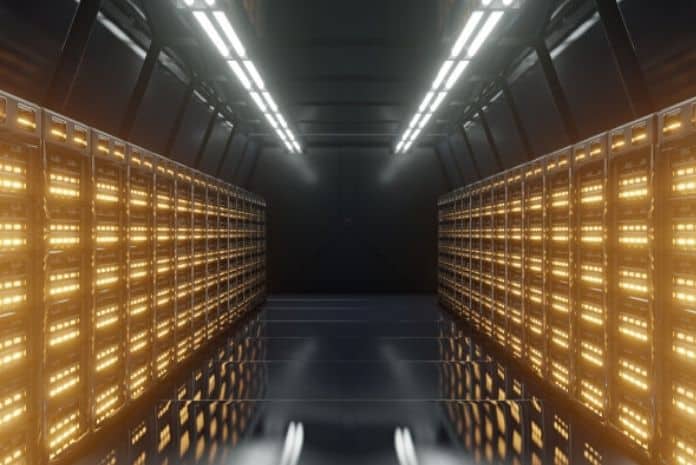The quality of air is as critical to the health of data centers as it is to human beings. Clean air extends the lifeline of a data center, meaning it can save a lot on capital and/or operational expenditure while poor air quality poses serious health consequences to IT equipment. The issues are particularly critical at locations with high air pollution content. As most data centers are located within highly populated areas with heightened pollution levels or industrial parks for better bandwidth and latency requirements of the business, it multiplies the chances of data center contamination at various levels.
Therefore, the data center industry, needs to focus on understanding the impact of air pollutants such as sulphur on IT equipment. Comprehending the environment becomes more critical when some data centers in urban locations reported failures of servers and disk drivers due to corrosion caused by sulphur. IT infrastructure corrosion due to chemical contamination, can cause loss of data leading to business disruptions.
What Causes Data Center Corrosion?
Data center corrosion is caused by the vapour of harmful and corrosive gases coming from pollutants that usually make their way into the data center through air-conditioned server rooms, control rooms, switchgear rooms, process control and signal switching rooms, which brings about a phenomenon called micro-electronic corrosion. This phenomenon can lead to equipment failure and increased downtime of the facility, apart from damaging electrical components like film disks, edge connectors, disk drivers, and others.
Hence maintaining healthy indoor air quality within a data center becomes paramount. Air quality monitoring becomes critical in data centers to keep possibilities of corrosion at bay. Any exposure to contaminants may bring numerous drawbacks and threaten the business. This will directly impact the bottom line of the organization. As data center equipment and technologies are sophisticated and expensive, it requires constant and intensive maintenance. Any small trace of contamination could shorten the lifespan of not just these instruments but also cause a huge impact on maintenance and monitoring technologies while HVAC, temperature sensors, and cleaning devices can also break down. The need for constant replacement of expensive materials is not financially viable and only incurs added expenses. Additionally, frequent inaccessibility to information and increasing competition among data center companies make switching data providers an easy choice, which could again be a big blow to the company’s bottom line, disrupt business operations and lead to customer dissatisfaction.
Hence data centers need to meet high standards, one of which is to ensure clean and cool air. Various reports state that data centers account for nearly 1.5 per cent of global electricity use, up to 50 per cent or more of which goes towards cooling the IT equipment. To gain better efficiencies and have a sustainable business model, data center providers invest heavily in R&D to be environmentally friendly.
While free-cooling is an option, it brings in contamination as air pollution increases the deposit of salts in the air inside, which is the primary generator or corrosion and causes the deterioration of electronic components like circuit boards leading to electrical shortages and mechanical or system failure. Even components like disk drivers, graphic cards, motherboards, DIMMs, capacitators and transistors are at high risk. Even products with an immersion silver surface finish will corrode due to high sulphur environment. Common pollutants like sulphur dioxide, hydrogen sulphide and particulate matter found inside the data centers can break down computer circuitry and metals. High levels of humidity with deposited dust from air and corrosive gases can also negatively impact the effectiveness of heat sinks and cooling systems. At times, a single damage may lead to excessive damages to other components, thus making the entire data center dysfunctional.
Any such damage will lead to failure. And failures can lead to unplanned downtime and losses. Hence properly designed air filtration systems are the need of the hour. It not just eliminates risks, save maintenance and electrical costs, but also prevents corrosion and other environmental contamination. Hence free-cooling is less of a good choice for data center providers. The other alternative is air purifiers, which can protect the data center from the threats of abrupt failures. It also increases performance while reducing energy bills. Proper air filters can bring down energy costs by nearly 40 per cent or even more besides protecting data.
How to Eliminate Air Contamination?
Maintaining air quality with the data center in vital to its functioning. Data center managers need to preserve hardware reliability constantly by monitoring and controlling both the gaseous and particulate contamination in their data centers. They can do so by measuring the reactivity or the corrosion rates inside the data centers and outside air; sealing all doors, windows and wall penetrations in the data centers to avoid unclean air from entering it; installing room pressure monitors; constantly monitoring airflow at the supply and exhaust air grills; develop a temperature and humidity profile and more. Experts from the field recommend using a gaseous contaminant removal air filter with at least a MERV 13 rating to provide maximum protection to building occupants.
One of the leading data centers in the country, CtrlS datacenters has set an example for others to follow. At its Noida Rated-4 data center facility, the company has deployed an in-house air filtration plant. The plant processes the contaminated air, scrubs it, and then releases clean air into the data center, which is good for both IT infrastructure and human lungs. The air filtration plant provides sulphur free air through an airtight envelope, with double-layered perimeter walls, air scrubbers, +ve pressurized system along with treated fresh air system. CtrlS has also taken several measures to ensure ‘zero concerns’ in the form of zero downtime, and 99.995 per cent uptime.
In conclusion, data centers are the lifeline for several businesses. It is hence crucial to constantly monitor every parameter that may affect the uptime. Compared to other known causes of dowmtime, air pollution is relatively an unknown factor and needs more awareness and initiatives. Against this context, the steps taken by players like CtrlS are pioneering and need to be taken by other industry players too.














